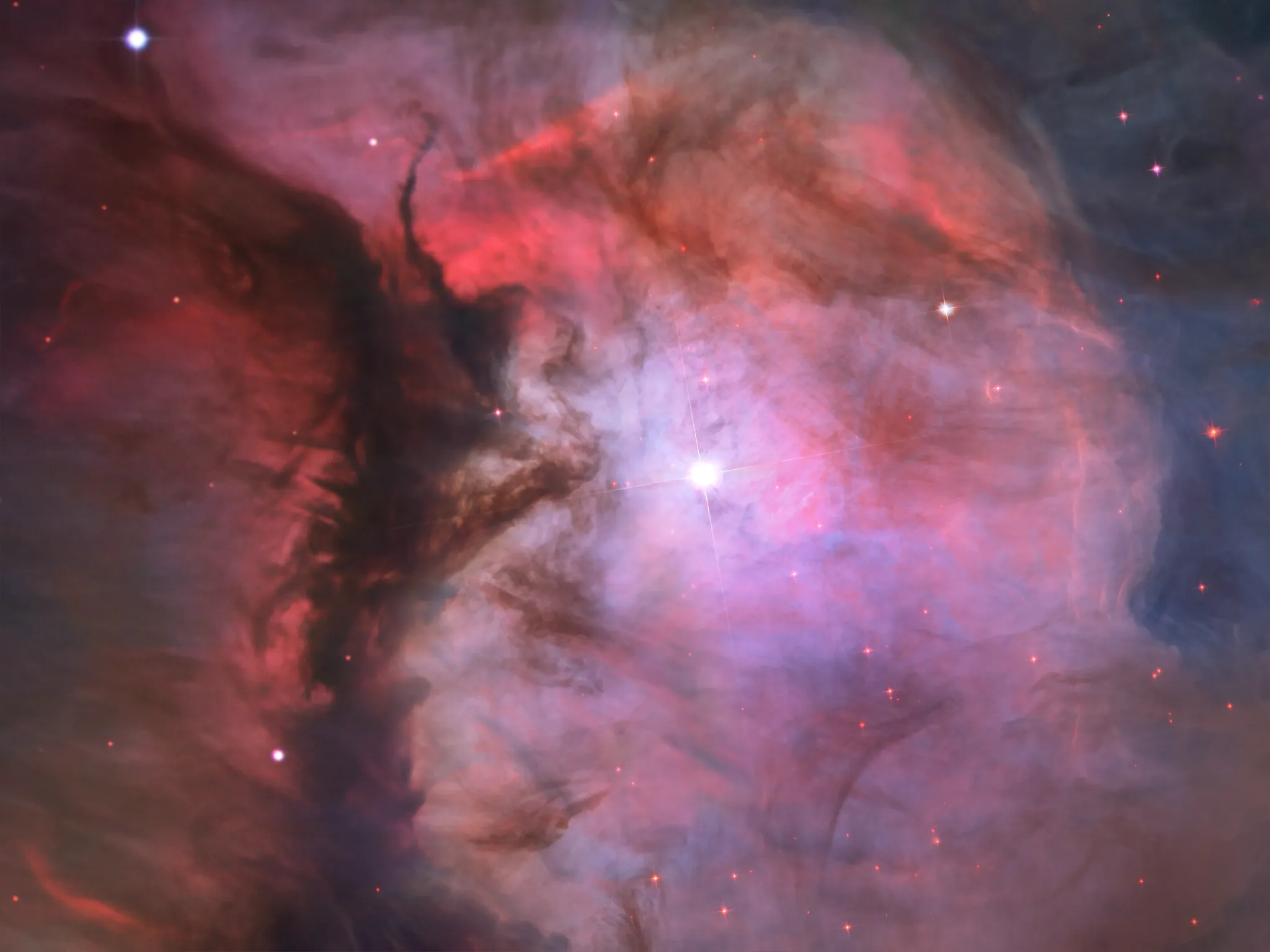M43 | NGC 1982 | De Mairan’s Nebula | Orion | 1,600 Light Years Away
Messier 43, also known as De Mairan’s Nebula, is a prominent emission nebula situated within the Orion Molecular Cloud Complex. First observed by the French astronomer Jean-Jacques Dortous de Mairan in the 18th century, Messier 43 is located adjacent to the more famous Orion Nebula (Messier 42) in the constellation Orion. As an integral part of the Orion Nebula, Messier 43 shares its association with the ongoing process of star formation within this vast molecular cloud.
The intricate structure of Messier 43 is shaped by the intense ultraviolet radiation emitted by the massive stars in the vicinity. The radiation energizes the surrounding gas, causing it to fluoresce and emit light, creating the visually striking nebula. While Messier 43 is often considered as part of the extended emission of the Orion Nebula, its unique features, including dark dust lanes and intricate filaments, make it a fascinating object for astronomers studying the dynamics of stellar nurseries.
Observations of Messier 43 contribute to our understanding of the complexities inherent in regions of active star formation. The study of such nebulae helps astronomers unravel the intricate interplay between young, massive stars and the surrounding gas and dust, shedding light on the processes that shape the stellar populations in our galaxy. Messier 43, with its rich detail and connection to the broader Orion Molecular Cloud Complex, provides a captivating glimpse into the ongoing cosmic spectacle of star birth in the Orion constellation.

